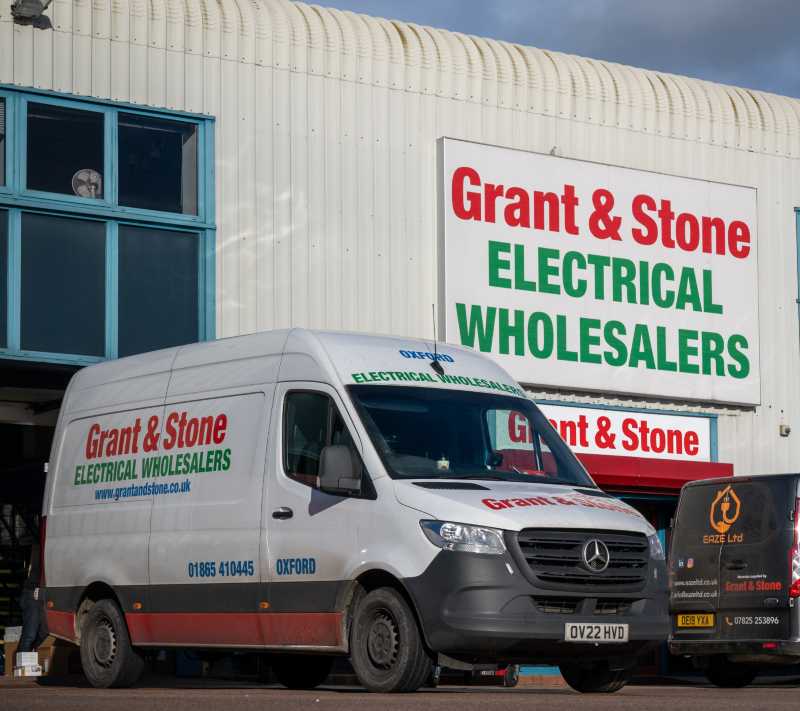Start on the right foot this year and use WeWard to raise funds for your favourite charity

WeWard suggests five health and well-being benefits to getting outdoors this year:
Get out and active – If getting sweaty at the gym isn’t your thing, why not adapt walking at your own pace whilst exploring a new area of your local area. Walking allows you to discover (or rediscover) your town, its cultural sites, and its shops.
Increase your light exposure and take a desk break – This time of year the days are shorter therefore the daylight hours we receive are decreased. Heading to the local park during daylight hours will get the circulation going, provide a Vitamin D boost and gives you a well-earned break from your desk.
A mental boost – Going on a daily walk can keep you mentally stimulated and allows you to sometime to spend with a friend, family, or your beloved pet. New walking routes allow your mind and body to be exercised by discovering new paths and exploring what is happening in your local area. In fact, routine can even help reduce anxiety.
Make new friends – Start the year with meeting and socializing with people in your local park or joining a walking group to keep fit and healthy.
A healthier start to 2023 – Walking and running helps with lower blood pressure, decrease the risk of cancer and diabetes, improve memory, and even curbs stress eating, otherwise known as binge eating disorder. In short, running and walking are two of the best ways to make the most of your health and well-being. Above all, you can run anywhere, anytime, and that too without investing in any equipment.






